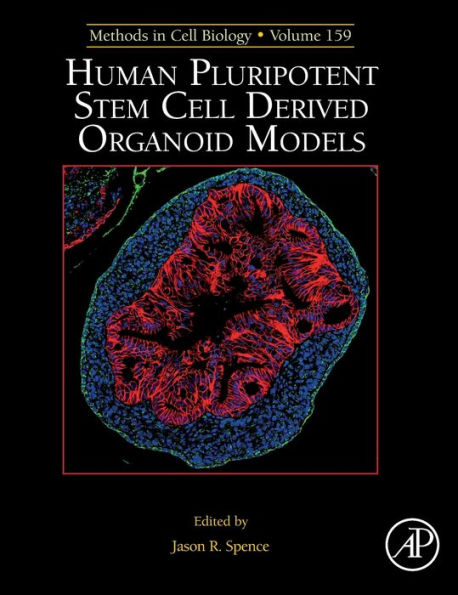5
1
9780128215319



Human Pluripotent Stem Cell Derived Organoid Models available in Hardcover, eBook

Human Pluripotent Stem Cell Derived Organoid Models
- ISBN-10:
- 0128215313
- ISBN-13:
- 9780128215319
- Pub. Date:
- 06/19/2020
- Publisher:
- Elsevier Science
- ISBN-10:
- 0128215313
- ISBN-13:
- 9780128215319
- Pub. Date:
- 06/19/2020
- Publisher:
- Elsevier Science

Human Pluripotent Stem Cell Derived Organoid Models
$175.0
Current price is , Original price is $175.0. You
175.0
In Stock

Product Details
| ISBN-13: | 9780128215319 |
|---|---|
| Publisher: | Elsevier Science |
| Publication date: | 06/19/2020 |
| Series: | Methods in Cell Biology , #159 |
| Pages: | 336 |
| Product dimensions: | 7.50(w) x 9.25(h) x (d) |
About the Author
What People are Saying About This
From the B&N Reads Blog
